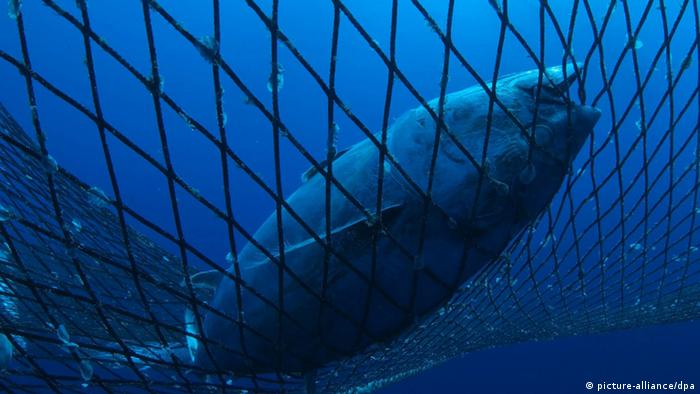SkyTruth leads to SeaTruth
 |
| Image from Wall Street Journal via Google Images |
Illegal fishing, sometimes referred to as pirate fishing, is a huge problem throughout the world, but with new satellite technology, it is becoming easier to catch these criminals at sea. SkyTruth has come up with a way to determine if vessels tracked via satellite are illegally hunting fish.
 |
| Image from dw.com via Google Images |
In 2012, SkyTruth used satellites and radar to find the ship responsible for an oil spill off Angola by noticing a white dot at the end of a black stretch on the images. Eventually they realized they could use this same detection system to look for pirate fishermen, and teamed up with Pew Charitable Trusts to help. This partnership ended up involving Google and Oceana as well, creating a website called Global Fishing Watch, allowing advocacy groups, fisheries, and governments to view the same information as SkyTruth.
This data is made available because of the Automatic Identification System, or the GPS used by the ships. Originally, this data was intended just so ships wouldn't run into each other or could help vessels in danger. SkyTruth figured out the normal patterns of a ship's movement and can therefore now determine what a given vessel is up to - including illegal fishing.
Unfortunately, there are some loopholes. Some vessels only send up a signal when they are halfway through their voyage, and some transfer their illegally caught fish to other vessels. Some avoid the Automatic Identification System completely! These activities limit the complete accuracy of Global Fishing Watch and allow some ships to slip under the radar. Because of this, SkyTruth is now working on an even more advanced tracking system, a "vessel story", similar to a credit card log. Until then, they are still advancing the Global Fishing Watch website, and hope to make some of its information available to the public in the future.
The article also mentions drones are being used to also collect data and track illegal fishermen, yet they never dive into the drone aspect. It also mentions the White House plans to do something about this, but doesn't mention what. That would be an interesting and informational addition to the already informative article.
According to National Geographic, 20-32% of the wild-caught seafood imported into the United States ends up coming from pirate fishermen. This makes the information relevant to readers; it's where a lot of seafood is coming from! To bring this attention to more readers, this should have also been developed a bit more so more people understand the importance of this issue. It provides a serious question to ponder as well. If illegal fishing stops or is no longer as common, will people in the United States still have the same amount of seafood available to them?
National Geographic Article
*I originally published this article on my Info System class's blog
Comments
Post a Comment